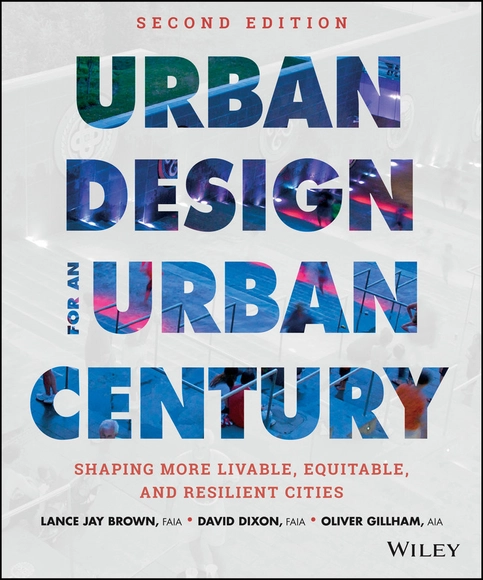
In Urban Design for an Urban Century: Shaping More Livable, Equitable, and Resilient Cities (2nd Edition), by Lance Jay Brown, David Dixon, historical trends and practices are used to explain current theories of urbanism. The following excerpt illustrates one such historical trend, detailing exactly how the advent of railroads and skyscrapers following the Industrial Revolution radically changed the urban landscape.
Before the Industrial Revolution, forces such as trade, agriculture, and defense determined the shape of cities in North America and Europe, whether planned or unplanned. How far a person could reasonably walk and the requirements of carts, wagons, and herds of animals heavily influenced the layout and dimensions of city streets regardless of the form the larger city took. Defensive strategy and technology also dictated form, but the resulting walls — and the need to guard them — often imposed smaller footprints than cities might otherwise have produced.

